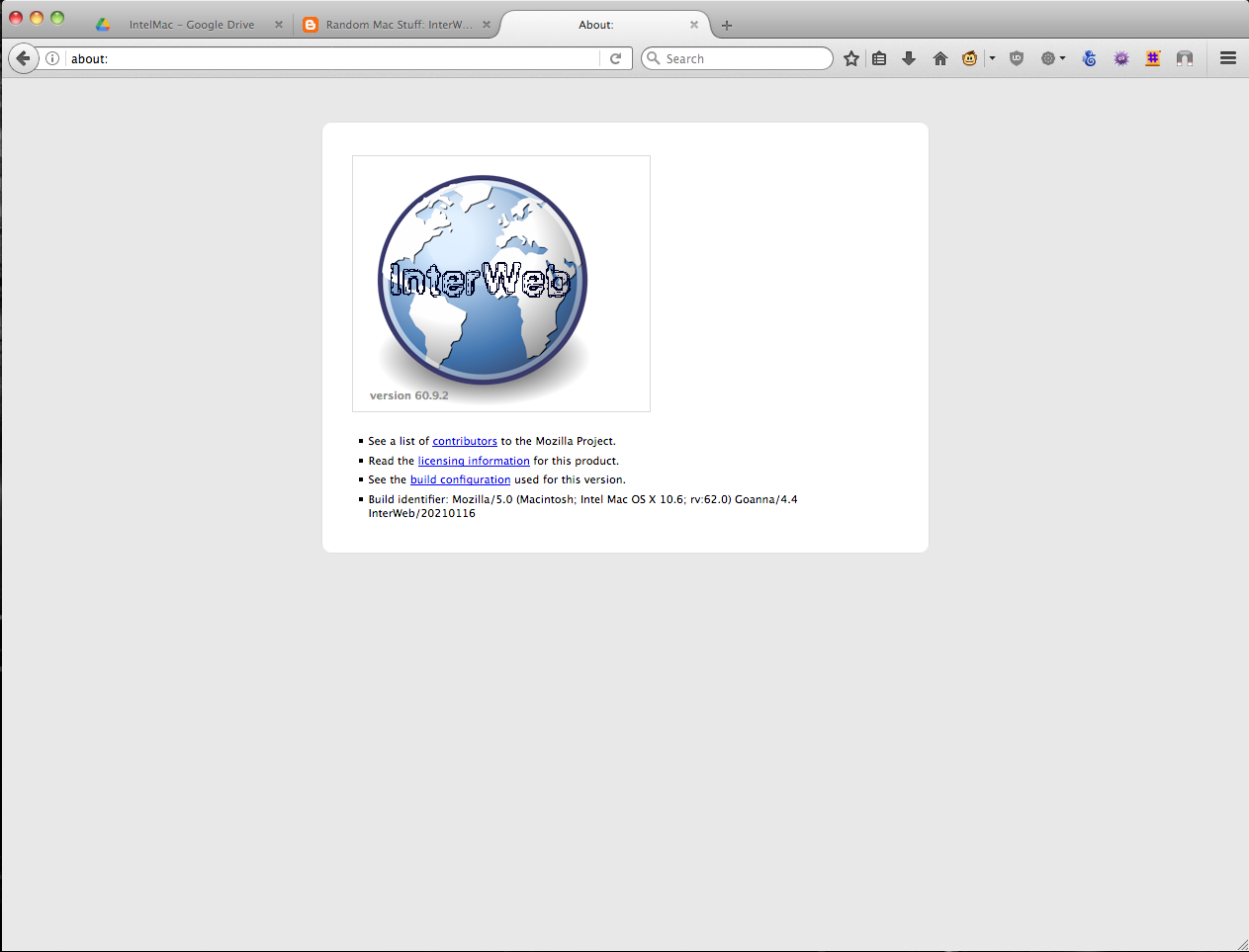
/cdn.vox-cdn.com/assets/2586877/google_drive.png)
What country or region you want to look at. Timeframe=’ ′ #will look at data between 1st of Jan 2020 to 1st of May 2020 Specific dates: ‘YYYY-MM-DD YYYY-MM-DD’ example ' '

This can be done by using the following format and editing line 19: There are multiple ways you can work with the time frames in this script, but we find it easiest to compare between 2 dates Step 3: Configuring your file and working with the API parameters If you can figure out all the API parameters, feel free to go on your merry way or skip to the following section where we add this into Google Drive. NOTE: At this point, you can run the script and you should get results output to a file named "search_trends.csv". Print('Execution time in sec.: ' + str(executionTime)) Create a blank python file and copy the following script:ĭf = pd.read_csv("keyword_list.csv", names=colnames)ĭata = data.drop(labels=,axis='columns')ĮxecutionTime = (time.time() - startTime).
#Google drive for mac ppc install#

Unfortunately, you probably won’t be able to use this guide if you have never used Python before.
#Google drive for mac ppc Pc#
While it’s not the most difficult process, before reading on you’ll need to have Python 3 on your PC or Mac and be able to install and set-up Packages. Also we’ll look into how we took this a step further and integrated it into Google Drive, making our script a little bit more approachable. In this article we’ll look at how we built a script in Python 3, using Pytrends to effectively automate data collection from Google Trends.


 0 kommentar(er)
0 kommentar(er)
